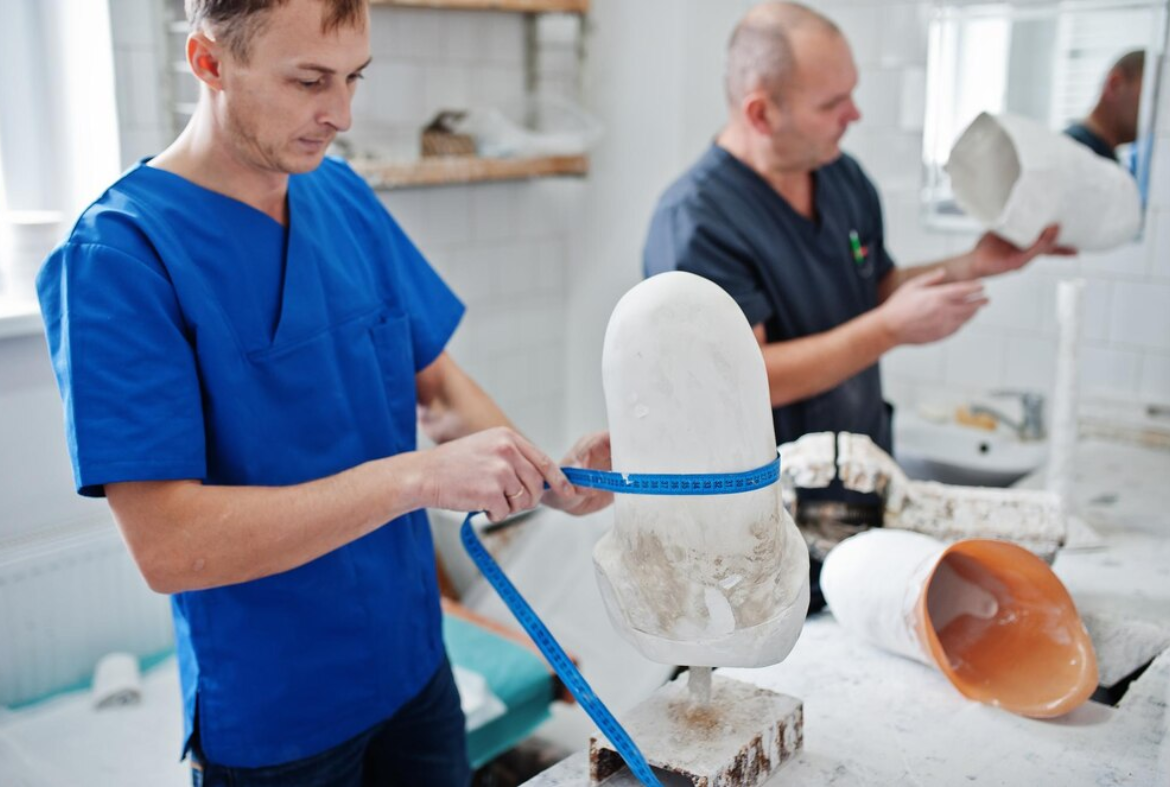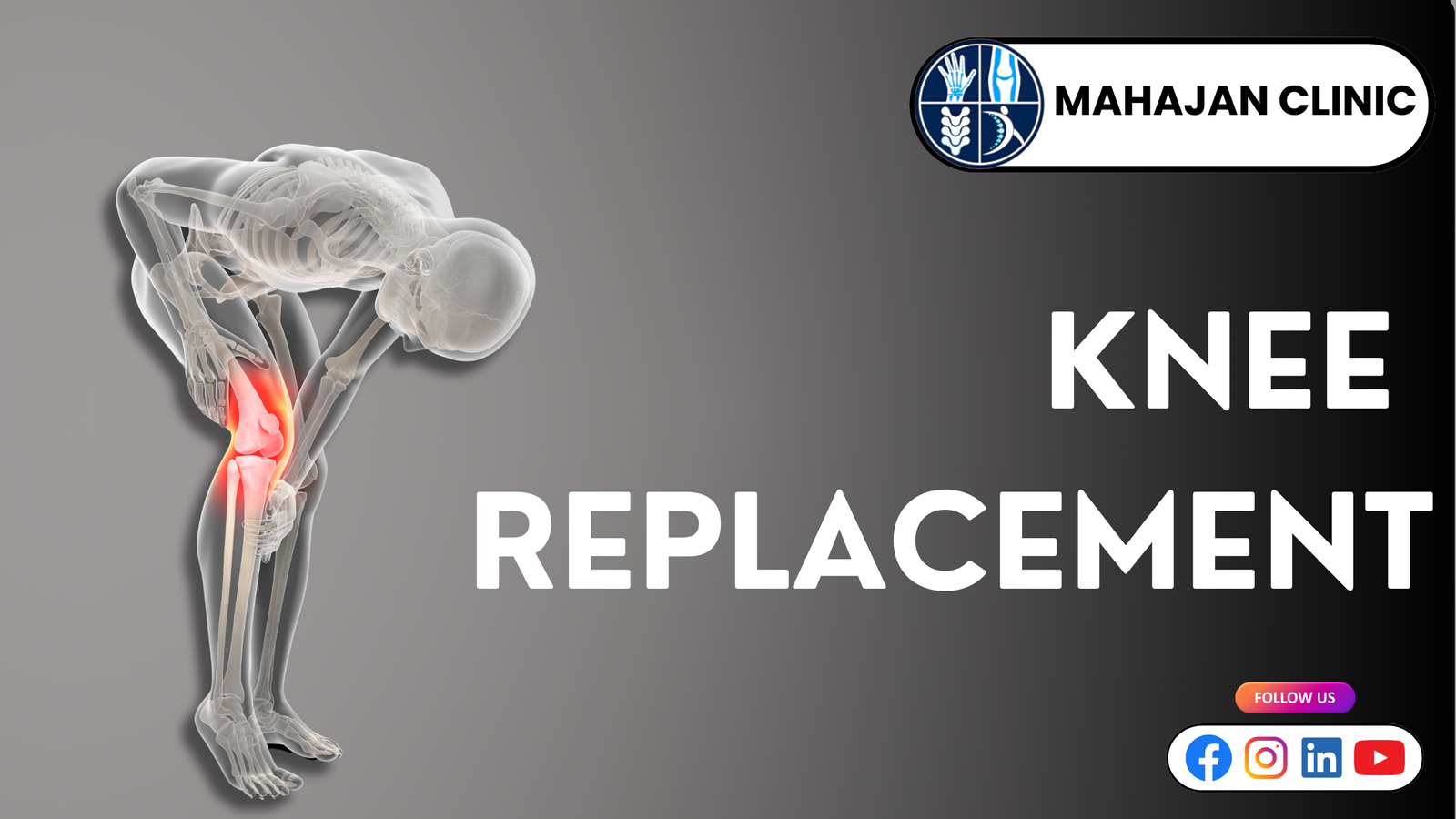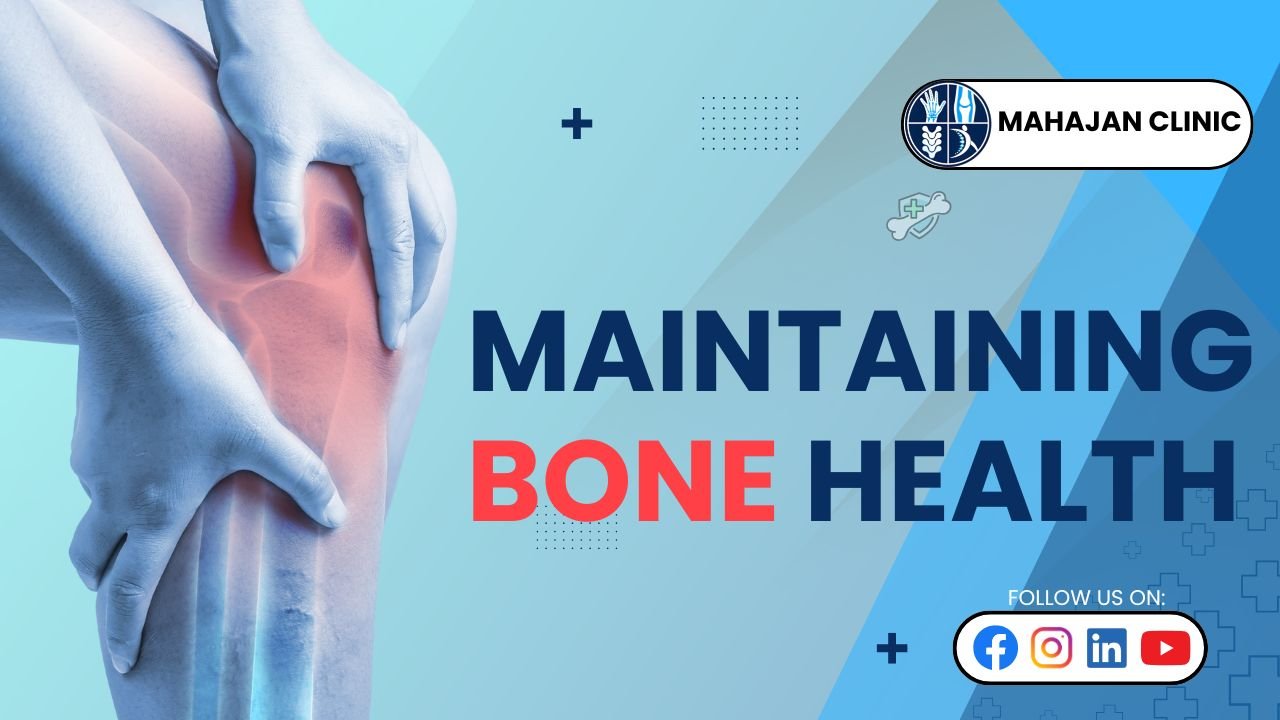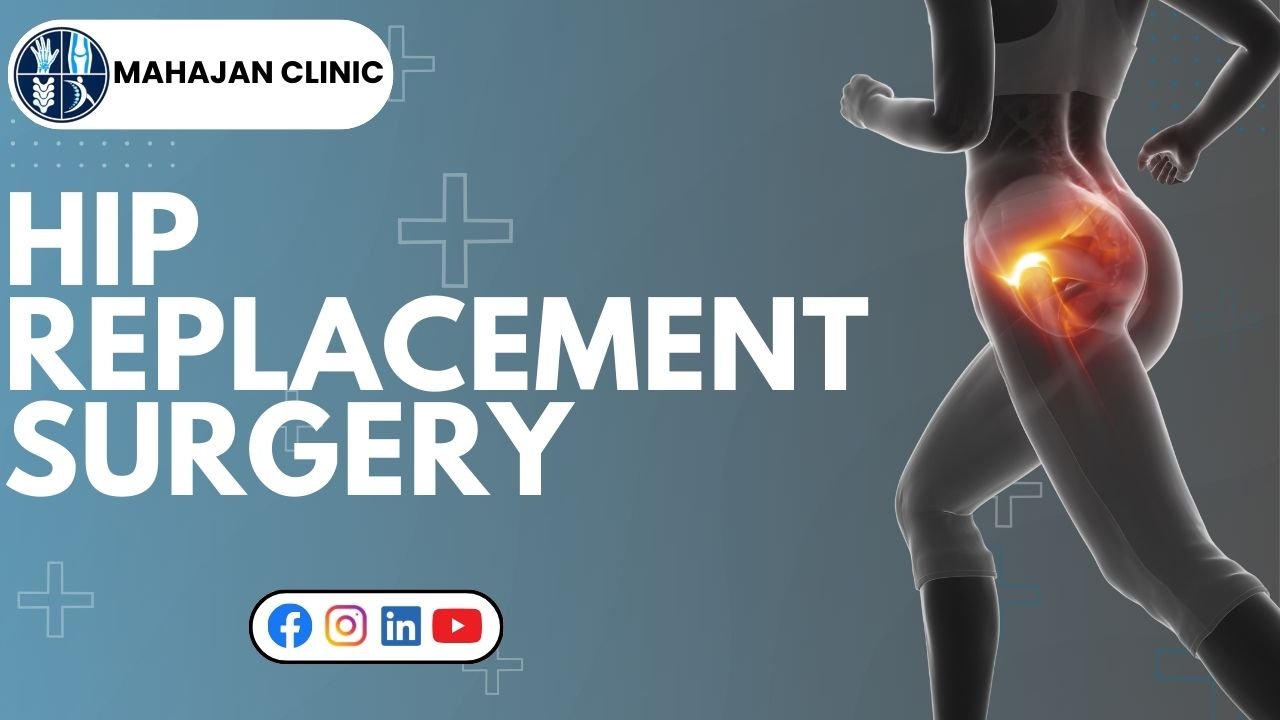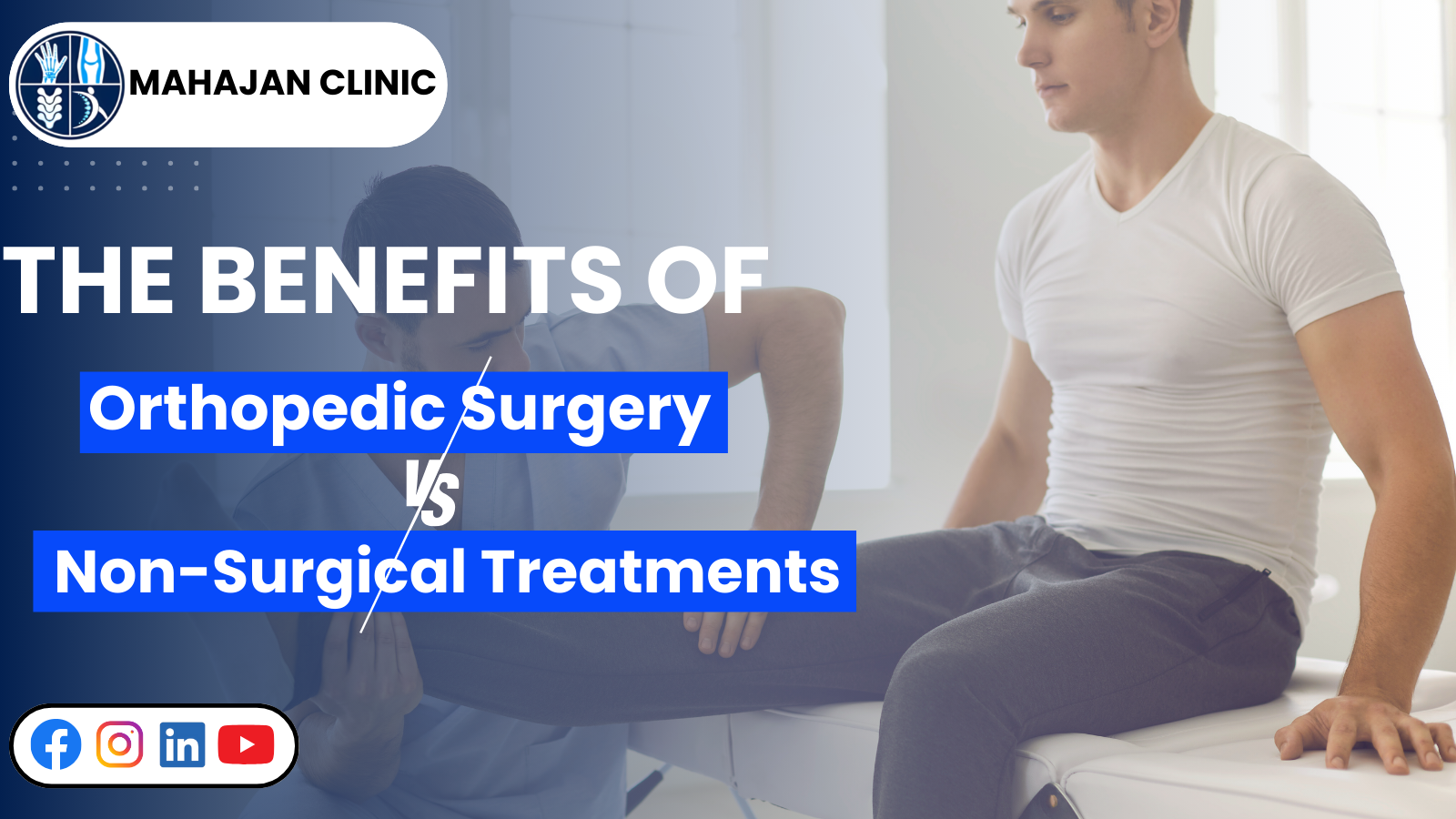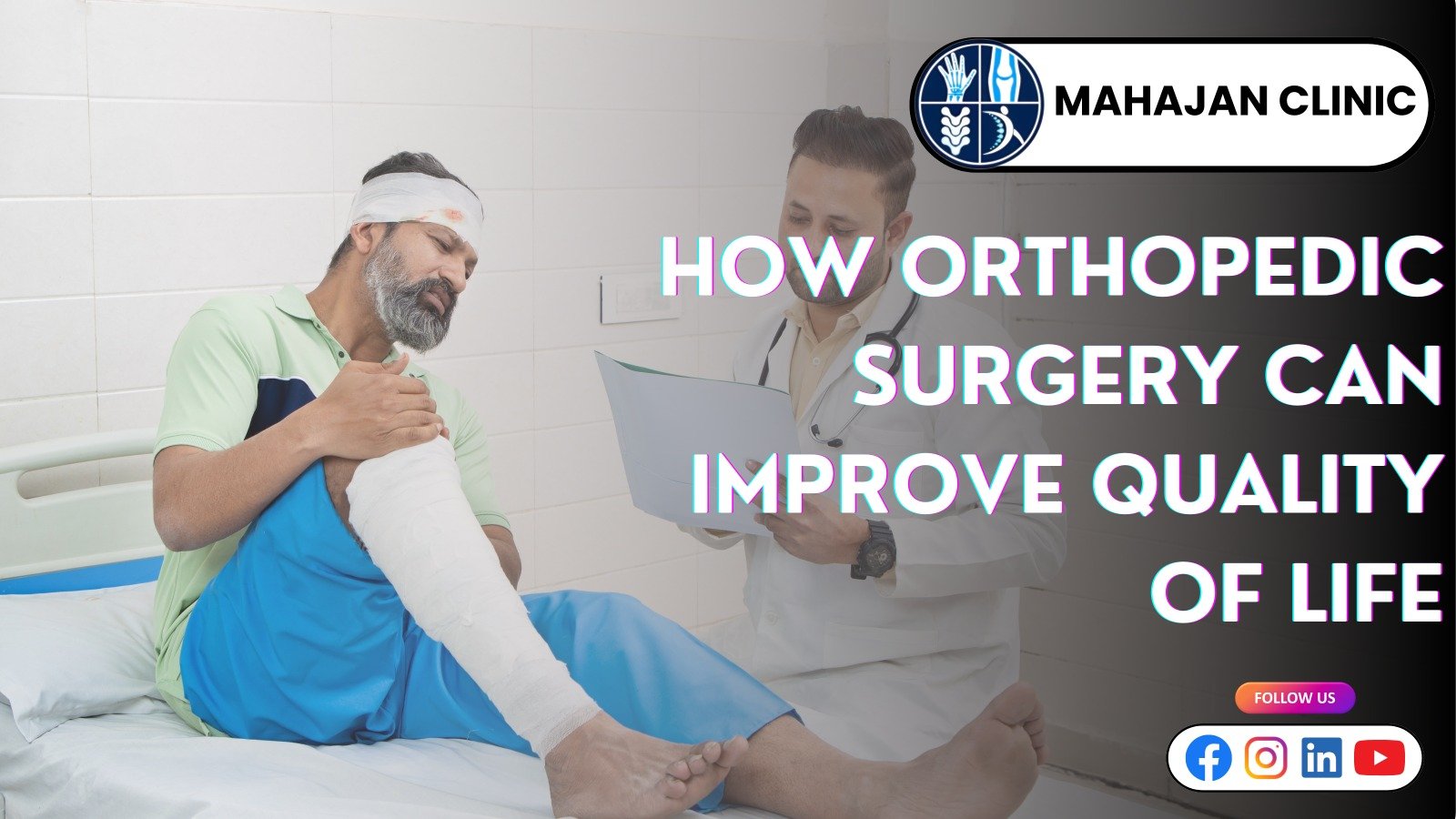Blog Details
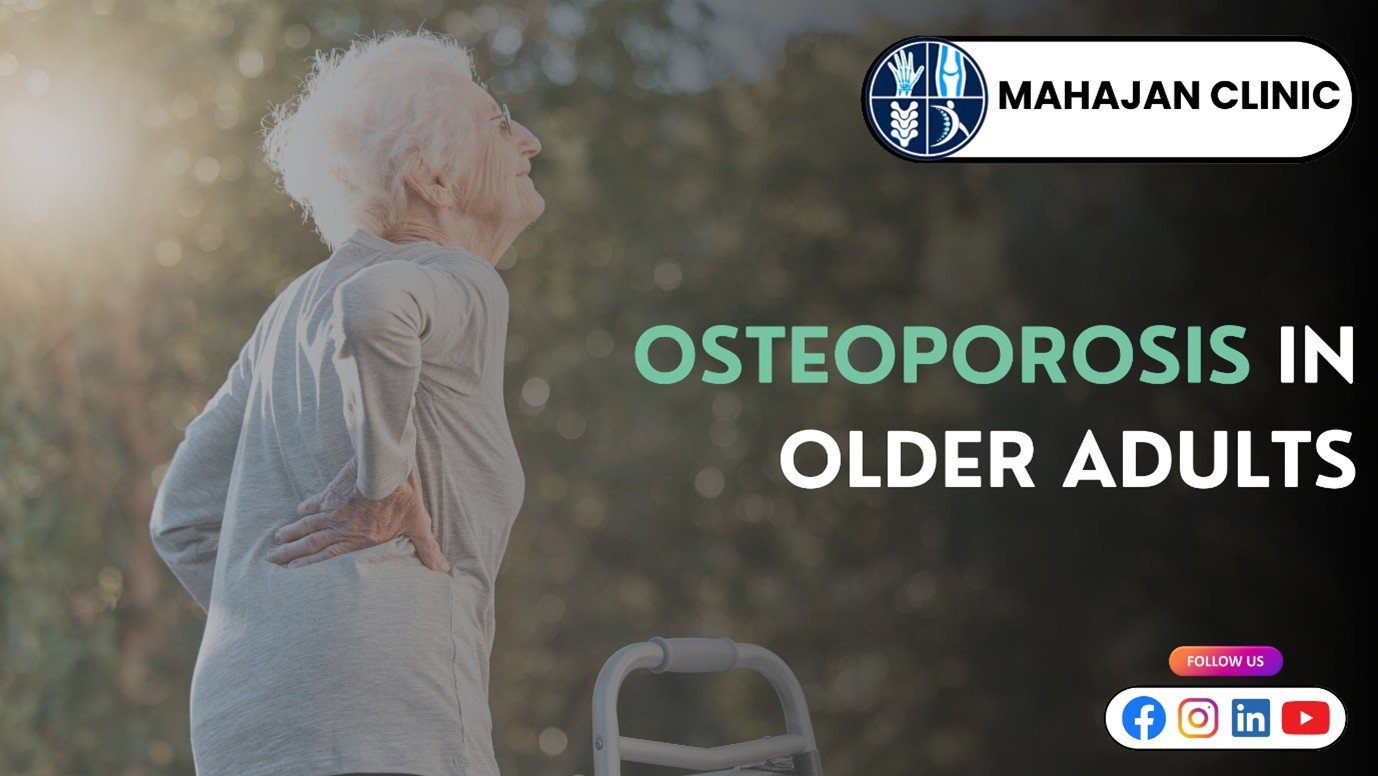
How to Manage Osteoporosis in Older Adults
One of the most prevalent but underdiagnosed diseases affecting older adults is osteoporosis. Even small injuries like tripping or sneezing can cause excruciating fractures because bones become porous and brittle with time. Managing osteoporosis in older adults aims to maintain independence, lessen pain, and enhance general quality of life in addition to preventing falls.
This condition can be successfully managed with the correct strategy, which consists of lifestyle modifications, medical attention, and appropriate support. According to Dr. Rakesh Mahajan at Mahajan Clinic, early intervention and continuous care are the most important factors in reducing long-term complications.
Understanding the Condition
"Porous bones" is the literal definition of osteoporosis. Bones naturally lose strength and density as people age. After menopause, this process quickens for women, but it also happens to men. After the age of 65, the risk dramatically rises.
What makes osteoporosis in older adults particularly dangerous is that it frequently goes undetected until a fracture happens, usually in the wrists, hips, or spine. Mobility and independence can be significantly diminished by these injuries.
Common Risk Factors
Only some risk factors can be changed, but understanding them helps with better prevention:
- Age and gender (women are more prone)
- Family history of osteoporosis
- Lack of physical activity
- Low intake of calcium and vitamin D
- Smoking or excessive alcohol
- Certain medications, like steroids
Early detection of these symptoms enables prompt screening and individualized treatment.
Diagnosis and When to Screen
Osteoporosis is confirmed by bone mineral density (BMD) tests, usually DEXA scans. Regular screenings should be performed on older adults, particularly those who are over 65 or have any risk factors. These tests give a clear picture of how fragile the bones have become and are painless.
Following confirmation of the diagnosis, your doctor will assess the degree of bone loss and create a treatment plan based on your lifestyle and current health.
Lifestyle Strategies That Help
Much of the effort in managing osteoporosis in older adults emphasizes bone strengthening, lowering the risk of falls, and enhancing general health. Changes in lifestyle are frequently just as significant as medication.
Nutrition That Builds Bones
A diet rich in calcium and vitamin D is foundational:
- Dairy products like milk, cheese, and yogurt
- Leafy green vegetables (spinach, kale)
- Fortified foods and beverages
- Fatty fish like salmon and tuna
- Vitamin D supplements if natural sunlight is limited
Physical Activity
Even mild physical activity can make a difference:
- Weight-bearing exercises like walking or light jogging
- Resistance training with elastic bands or light weights
- Balance exercises such as tai chi or yoga
- Stretching routines to improve posture
Note: Exercise regimens should be customized to each person's ability, particularly following a fracture. Consult a physiotherapist for a personalized, safe plan.
Medical Treatment Options
Medical therapy is required when lifestyle changes are insufficient. Numerous drugs slow down bone loss and may even encourage the formation of new bone. These consist of:
- Bisphosphonates (alendronate, risedronate)
- Hormone-based treatments (especially useful in postmenopausal women)
- Bone-forming drugs like teriparatide
- Calcium and vitamin D supplements
To prevent long-term side effects or drug interactions, all prescription regimens should be reviewed on a regular basis.
Fall Prevention: A Top Priority
The greatest risk of osteoporosis is fractures brought on by small slips. Simple home improvements can significantly reduce that risk:
Key changes to consider:
- Remove rugs, wires, or anything that can be tripped over
- Install grab bars in bathrooms and stairways
- Use non-slip mats
- Ensure every room has proper lighting
- Avoid loose slippers or socks on smooth floors
Emotional Impact and Mental Health
In addition to its physical effects, osteoporosis can have an emotional toll. Anxiety, loneliness, and even depression can result from chronic pain, reliance on others, or fear of falling.
Mental health can be enhanced by promoting moderate exercise, remaining socially active, and upholding a sense of routine. Family support is also very important; encouraging activity and checking in frequently can greatly boost morale.
Supporting Caregivers: An Overlooked but Vital Element
Managing osteoporosis in older adults frequently calls for cooperation, not only between patients and medical professionals but also between caregivers. Caregivers—whether family members or professionals—are essential in assisting seniors in adhering to their treatment regimen, making follow-up appointments, and keeping their surroundings safe and healthy.
For caregivers, education is crucial. Physical restrictions, dietary needs, medication schedules, and warning signs of complications, such as abrupt back pain (which could indicate a spinal fracture), should all be explained to them. Better coordination and fewer care gaps are guaranteed when the caregiver and the medical staff are encouraged to communicate openly.
Support on an emotional level is equally vital. For older adults who used to live independently, osteoporosis can be emotionally taxing. The difference between proactive recovery and passive acceptance is frequently determined by the patience, assurance, and encouragement of a caregiver.
Community Resources and Support Groups
Programs specifically designed for elderly people with osteoporosis are now available in many cities. These could consist of:
- Local physiotherapy centers that provide fall prevention workshops
- Senior community centers offering group fitness classes like chair yoga or low-impact aerobics
- Dieticians specializing in geriatric nutrition
- Online or in-person support groups where patients share experiences and coping strategies
Seniors can ask questions, stay motivated, and gain a better understanding of how to manage their condition by connecting with others who are going through similar struggles.
Ongoing Monitoring and Care
Osteoporosis in older adults needs constant observation. Doctors can recommend therapy, change medication, or order new scans to monitor bone density with routine follow-ups.
Complications can be prevented with yearly screenings, blood tests to measure vitamin D and calcium levels, and routine physical examinations. Every facet of health is taken care of by having a regular care team that includes a physiotherapist, primary care physician, and orthopaedic specialist.
Final Summary
While osteoporosis is a long-term condition, it doesn’t have to lead to long-term suffering. Seniors can maintain their independence, stay active, and lower their risk of painful fractures by implementing the proper mix of medical care, lifestyle choices, and home safety. Seniors with osteoporosis can receive customized treatment plans from Dr. Rakesh Mahajan at Mahajan Clinic if they require specialized care. In order to give patients the best quality of life possible, his approach emphasizes holistic care that addresses both prevention and long-term bone health.
